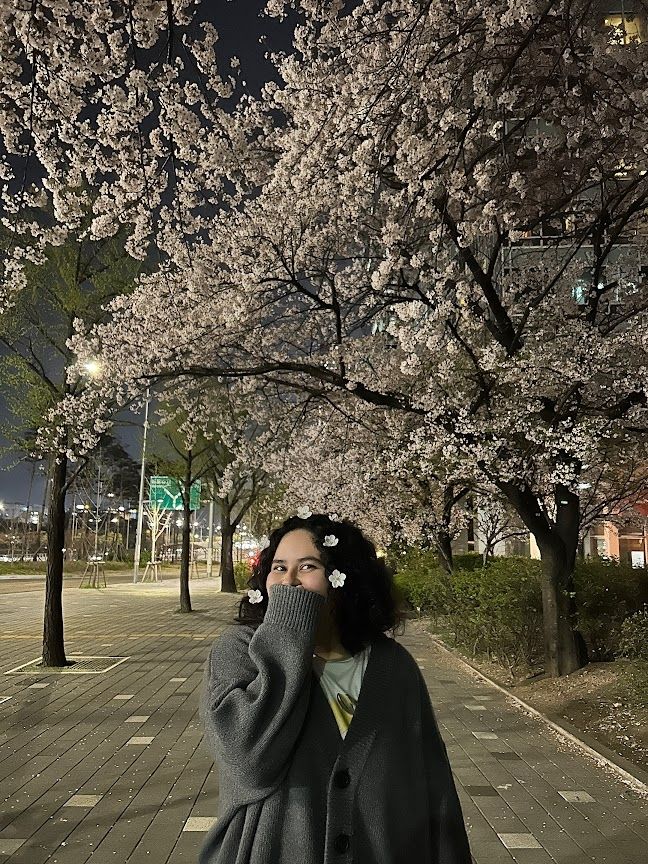A Comprehensive Budgeting Guide for English Teachers in South Korea
A Comprehensive Budgeting Guide for English Teachers in South Korea
Teaching English in South Korea has become an increasingly popular option for young people looking to travel and get some real work experience. With its rich cultural heritage, modern infrastructure, and strong emphasis on English education, South Korea provides a unique and rewarding experience for English teachers. However, before embarking on the adventure, it's important to plan financially. Understanding the cost of living, salary expectations, and where you can save money will help you make the most of your time in this vibrant country.
1. Understanding Your Income as an English Teacher
The first step in budgeting is to have a clear idea of your income. CIEE helps candidates secure teaching positions with public and private school employers.
- EPIK (English Program in Korea): This is a government-run program that places teachers in public schools across the country.
- Private Language Institutes (Hagwons): These are private businesses offering extra English education to students outside of regular school hours and often .
Salaries vary based on the type of position, location, and your experience level. On average, English teachers can expect to earn between 2.0 to 2.8 million KRW (South Korean Won) per month. EPIK teachers typically earn around 2.0 to 2.3 million KRW per month, while teachers at hagwons may earn slightly more, with salaries ranging from 2.1 to 3.0 million KRW. The more teaching experience and teaching qualifications you have, the more likely you will make more money.
In addition to the base salary, most teaching positions include free housing, airfare reimbursement, and health insurance. These benefits can significantly reduce living costs, making it easier to save money.
2. Estimating Your Monthly Expenses
Once you know your monthly income, the next step is to estimate your living expenses. South Korea has a relatively high standard of living, but it’s also affordable compared to other developed countries, especially when it comes to rent and food.
1. Housing
In CIEE’s program, English teachers in South Korea receive free accommodation provided by their employer. This is usually a small apartment, typically a one-room or officetel. This eliminates the need to budget for paying rent as your accommodations are paid for by your school.
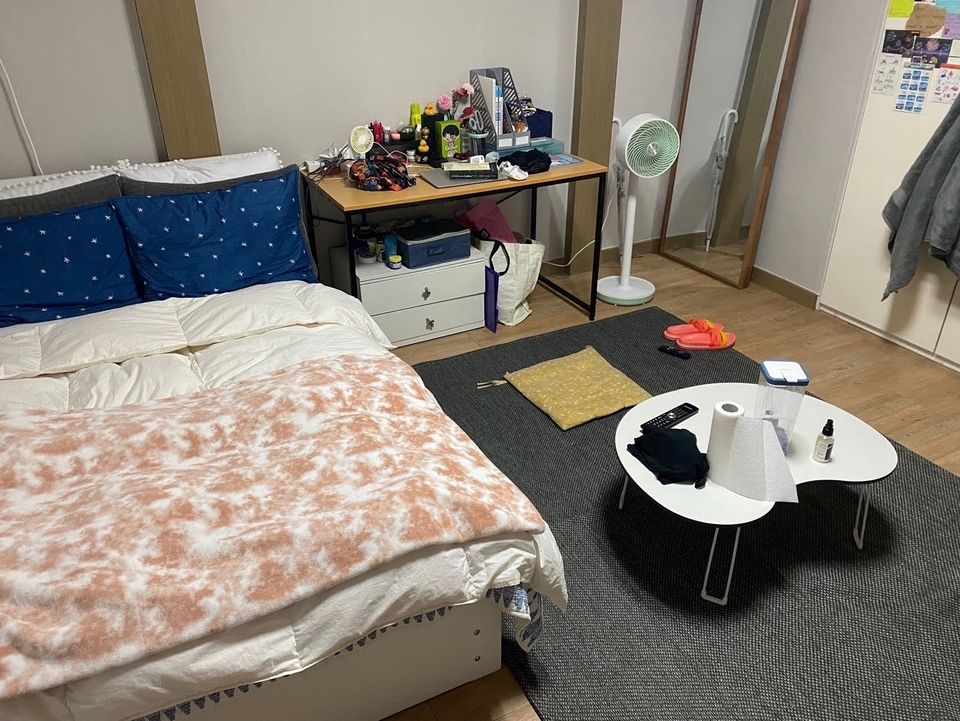
2. Utilities
Utility bills (electricity, gas, water, and internet) are usually separate from your rent. These can vary depending on usage and the season, but on average, you can expect to pay between 100,000 and 200,000 KRW per month. Winter months may see higher heating costs, as South Korean winters can be quite cold, particularly in the northern regions.
Internet costs are typically around 30,000 to 50,000 KRW per month, while mobile phone plans range from 30,000 to 60,000 KRW, depending on your provider and data usage.
Newer building complexes also require their tenants to pay building maintenance fees and require a small payment to process your food waste. Don’t worry though, as sometimes these fees are as little as 10,000KRW and are added into your monthly rent.
3. Food
Food in South Korea is relatively affordable, especially if you’re willing to eat like a local. Meals from street vendors and casual restaurants typically cost between 5,000 and 10,000 KRW. If you prefer cooking at home, local grocery stores offer a variety of fresh produce and meat at reasonable prices.
A monthly grocery bill can range between 150,000 and 300,000 KRW, depending on your eating habits. Korean supermarkets like E-Mart, Lotte Mart, and Homeplus are popular choices for affordable shopping. You can save money by shopping at local or traditional markets or discount stores like No Brand.
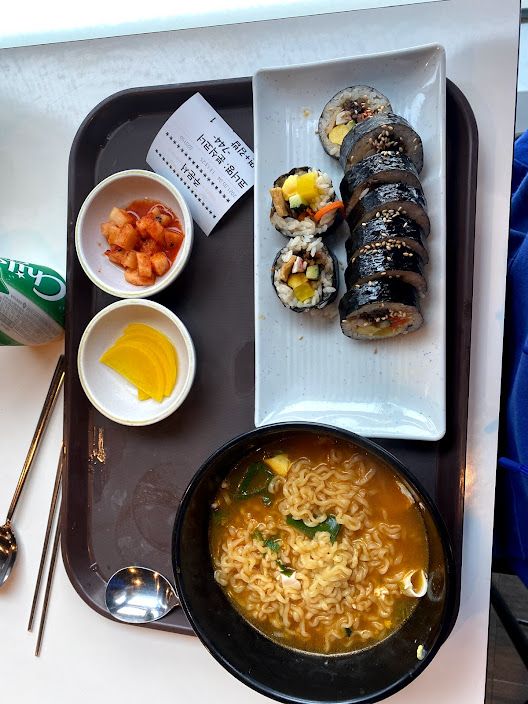
4. Transportation
Public transportation in South Korea is efficient and affordable. The cost of a subway ride in Seoul is typically between 1,500 and 2,500 KRW, depending on the distance. If you’re traveling daily, you can expect to spend around 100,000 KRW per month on transportation. If you live in Seoul however, you can purchase a Climate Card and enjoy unlimited amounts of bus and subway rides for only 62,000KRW! Right now, the Climate Card only works in Seoul, but it has been slowly expanding to other areas.
For those living in smaller cities or towns, public transportation costs will be lower. Taxis are available, but they are more expensive than buses or subways. If you plan to travel extensively within the country, budgeting for the occasional KTX (Korea Train Express) ticket or intercity bus trip is also important. Prices for both long haul buses and KTX vary, but pricing and booking is available online and at the train stations.
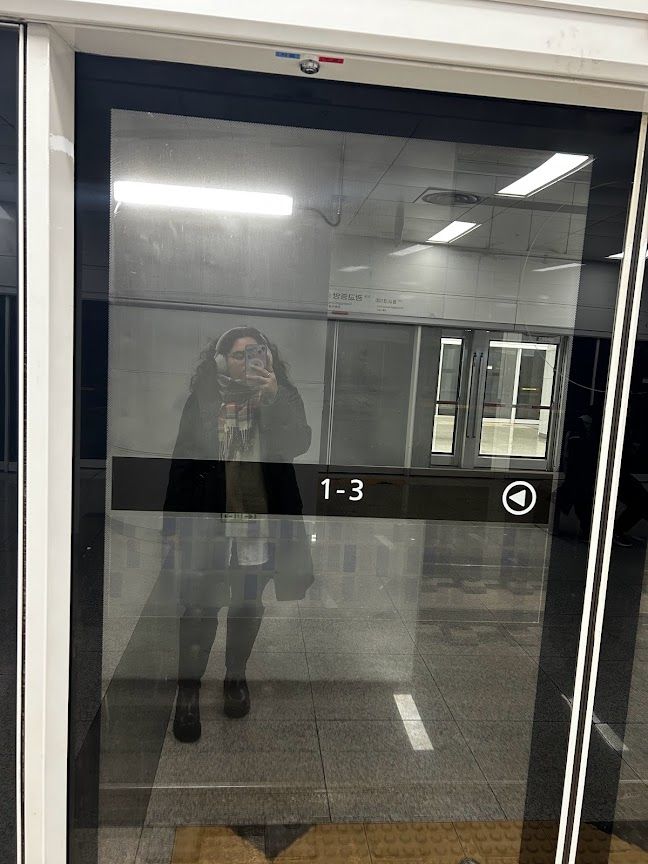
5. Entertainment and Leisure
South Korea offers a wide range of entertainment options, from karaoke to hiking in scenic mountains. Leisure activities can be very affordable. A movie ticket costs around 13,000 to 15,000 KRW, and many public parks and cultural events are free.
If you’re looking to enjoy the nightlife, expect to spend around 40,000 to 60,000 KRW per night, depending on the location and type of establishment. However, there are always ways to save money, especially if you frequent local cafes or cheaper establishments.

6. Sending Money Back Home
A lot of teachers in South Korea also have some type of bills back in their home country as well. Whether it’s paying off student loans, car payments, or credit card bills, most of us have to send money home. While most banks in South Korea are able to do international wires, I have been using the app Sentbe because I often get a better rate of exchange and it only costs an extra 5,000KRW to transfer the money as opposed to banks which often have higher fees.
7. Miscellaneous Expenses
Other costs may include health insurance premium (though employers cover this), clothing, gifts for friends, and occasional trips abroad. If you need to buy new clothes, expect to spend around 100,000-200,000 KRW per month, although this amount can vary depending on personal preferences and lifestyle. I usually try to buy at cheaper places like H&M, SPAO, and 8 Seconds, while many of my coworkers tend to order from stores like Shein, Forever 21, and ASOS.
3. Saving Money as an English Teacher in South Korea
Living in South Korea can be a fantastic opportunity to save money, especially with the benefits many teachers receive. To maximize savings, here are some practical tips:
1. Use Public Transportation
Public transportation is one of the most affordable and efficient ways to get around. Try to limit taxi rides, which can quickly add up, and take advantage of monthly transportation passes or subway discounts.
2. Cook at Home
While dining out is convenient, cooking your own meals can save a lot of money. Grocery prices in South Korea are reasonable, and cooking your own meals will allow you to control your spending. Additionally, food delivery apps can be expensive, with restaurants charging a minimum amount 15,000-20,000KRW just to be eligible for delivery.
3. Limit Excessive Spending on Nightlife and Entertainment
South Korea’s nightlife is lively and diverse, but it’s easy to overspend on drinks and clubbing. Set a budget for entertainment and try to socialize at more affordable venues. Many cafes and restaurants also offer happy hour specials, which can save you money while still allowing you to enjoy the local culture. Places like pochas serve drinks at a cheaper rate than bars and offer full meals and snacks to enjoy as well.
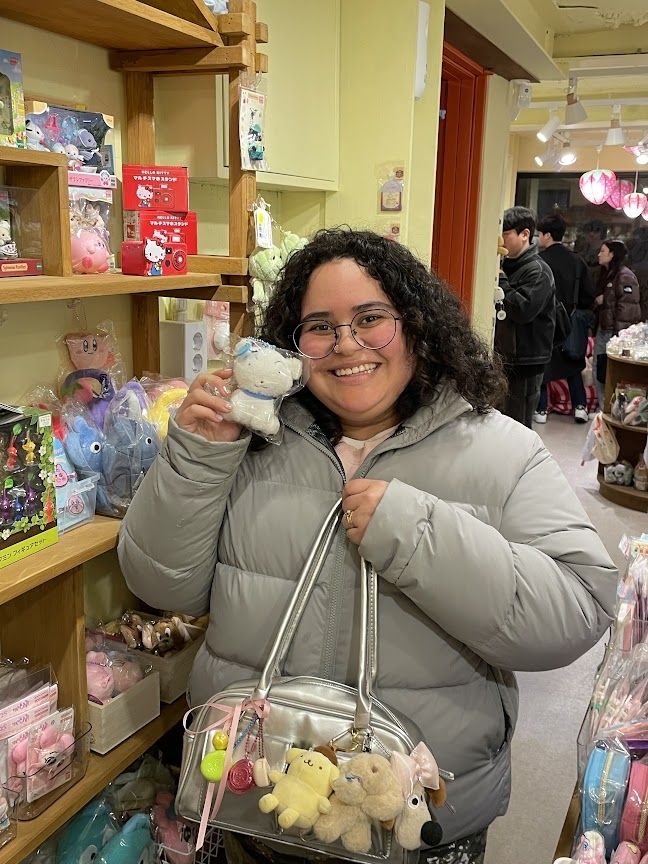
4. Take Advantage of Employer Benefits
Make sure you fully understand the benefits provided by your employer, such as health insurance, airfare reimbursement, and paid vacations. These benefits can save you a significant amount of money throughout the year, especially at the end of your contact. It is important to review all the benefits you are entitled to upon completion of your contract. These benefits often include a return ticket home or flight reimbursement, your last paycheck, your severance, and your national pension.
5. Build an Emergency Fund
Unexpected expenses can arise at any time, whether it's a medical emergency or an unanticipated bill. Having an emergency fund can provide peace of mind and help you avoid going into debt. Before I arrived in South Korea, I had about $3500 USD saved up for my emergency fund. Plus CIEE helps you out a bit with providing emergency travel insurance with iNext. That definitely came in handy when I got COVID 3 days after arriving in South Korea and was stuck having to pay for my stay in a quarantine facility.
6. Travel Wisely
South Korea is an excellent base for traveling around Asia. Take advantage of budget airlines, such as Jeju Air and T’way Air, to visit nearby countries on the weekends or during school holidays. Booking in advance and traveling during off-peak seasons can help you keep travel costs down. Airlines also have lots of discounts and offer super low prices at various points in the year. One of my coworkers was able to travel round trip back to the US during the holidays for just $600 USD!
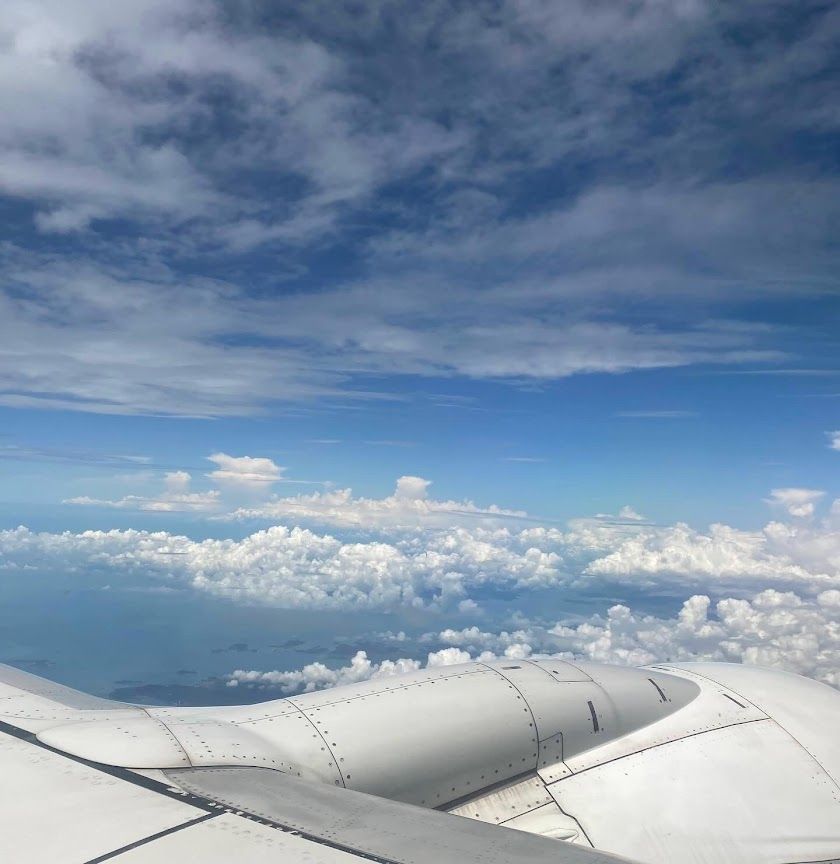
4. Conclusion
Living and teaching in South Korea is an incredible opportunity that comes with its own set of financial challenges and rewards. With a bit of planning, English teachers can comfortably manage their finances, save money, and enjoy the vibrant culture of South Korea.
Related Posts
Professionalism in South Korea as a Native English Teacher
As a native English teacher in South Korea, understanding Korean culture and professionalism is crucial for both personal success and the broader impact you can have on your students. South... keep reading
How to Go to the Doctor in South Korea as an English Teacher: A Guide to Healthcare and Health Insurance
As an English teacher in South Korea, maintaining good health is essential while living abroad. Navigating the healthcare system can seem daunting and stressful at first, especially if you can’t... keep reading
CIEE CHINGU – A Partner Program for Teachers in Korea
Chingu ( 친구 ) is the Korean word for friend . CIEE Chingu is a partner program included in CIEE’s Teach in South Korea programs! Our goal is to connect... keep reading
